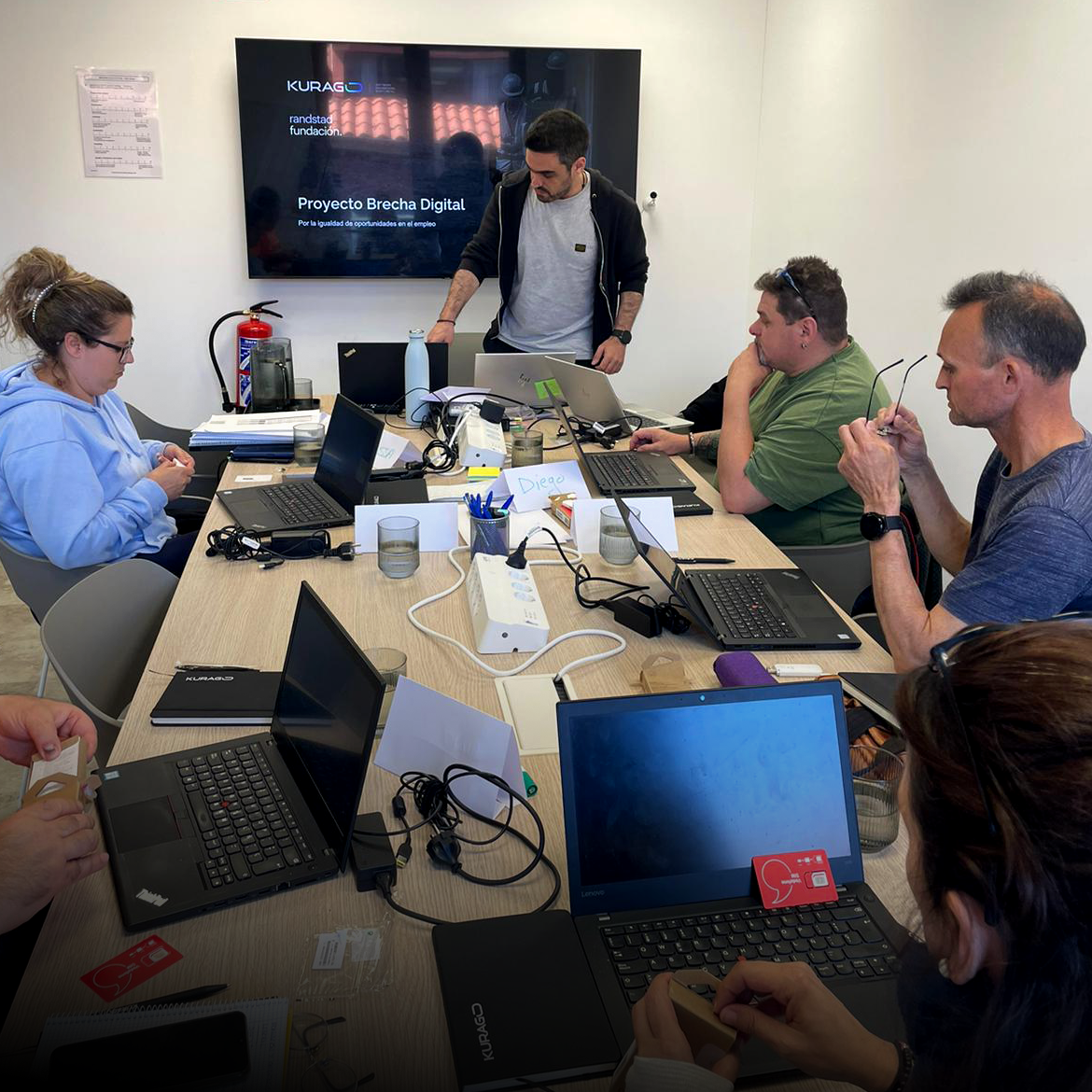Navigating change: the art of transformational leadership
We live in constant change, which can be overwhelming. Companies have to adapt permanently, and this can be complicated in environments such as the industrial sector, where processes are often deeply entrenched, which can cause resistance to the necessary transformation.
In this context, the need arises for a figure who can bridge the gap between the current state of an organization and its desired future. Here, the role of a transformational leader can take on greater prominence, serving as a crucial catalyst in the world for adopting more efficient and synergistic technical and human models. To effectively guide an organization through change that is beneficial to all stakeholders. For such a change agent to be able to do their job effectively and assist in the transformation, there are a few indispensable issues: Communicating transparently and building trust.
1. Communicate Transparently and Build Trust
The first step in building trust is listening, and not just passively. Active listening can foster mutual understanding and provide responses to those who may have reservations about change. Paying attention to your employees’ real concerns is crucial for understanding their insecurities and offering responses that favor mutual understanding.
In this communicative process, it is essential to consistently mention the risks and benefits of change in a transparent manner. This transparency promotes leadership integrity and provides a better way to address team member anxiety. Leaders who can offer clear explanations and a strong rationale for changes can reduce resistance and build trust.
2. Managing Resistance Effectively
Closely tied to active listening, leaders must be capable of anticipating the reasons that may lead to resistance. This entails providing encouraging responses that reflect the benefits of change. Effective management in this context involves actively addressing concerns, providing support as needed, and emphasizing the positive aspects.
3. Empower People
To create a virtuous cycle in which a leader can build trust, the rest of the organization must be involved in the decision-making process. This benefits employees by increasing their engagement, making them more likely to embrace new projects as their own and becoming more open to change.
Additionally, valuable feedback channels are established, allowing employees to offer insights and bring new ideas and solutions to enhance efficiency. Part of empowering employees and addressing their insecurities involves creating training plans that enable them to acquire new skills. However, these training initiatives should be accompanied by a mentoring and supportive attitude from leadership ranks.
4. Emphasize adaptability and alignment with strategic goals
Leaders should focus not on the difficulty of change but on the possibilities of flexibility and open-mindedness. In this regard, framing mistakes not as losses but as opportunities for growth is crucial. To ensure that change is embraced throughout the organization, alignment between specific changes and strategic goals, such as cost reduction, increased efficiency, and competitive advantage, is essential. Only through this alignment can a narrative be created for change to make sense.
In a constantly changing landscape, a figure capable of guiding both employees and organizations toward the desired future can be pivotal. These actors, along with the implementation of the aforementioned practices, have the potential to overcome resistance in a sector like manufacturing, drive innovation, and foster efficiency. As proclaimed author Robin Sharma said: “Change is hard at first, messy in the middle, and gorgeous at the end.”





